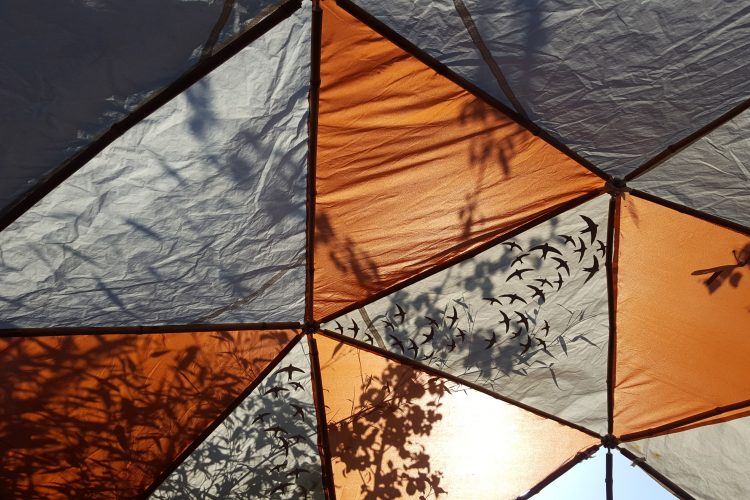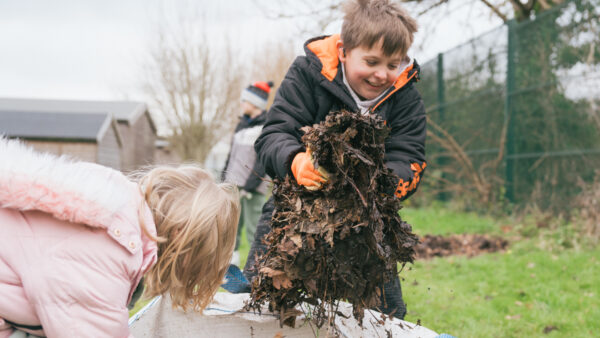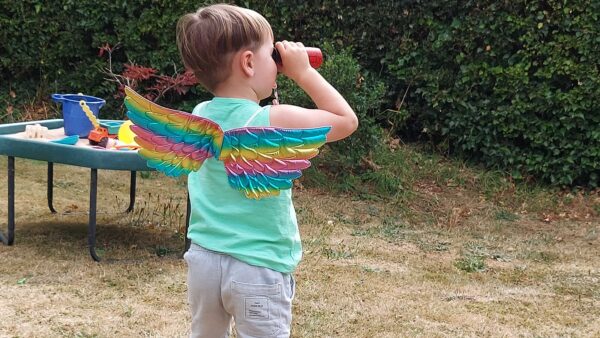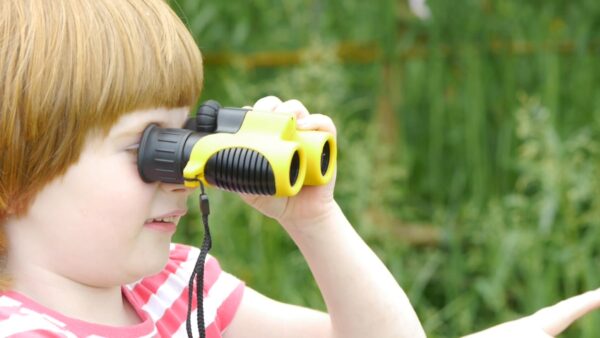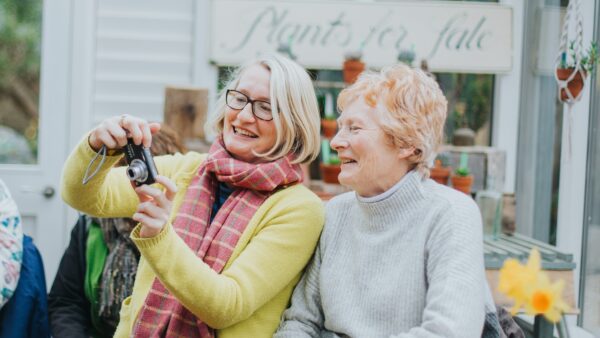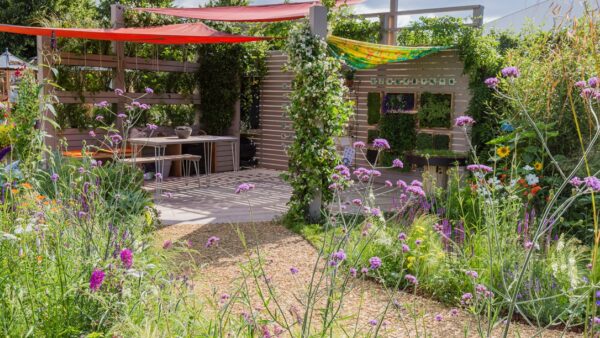We are sensory beings
We know that sensory experiences not only connect people at a deeper level with nature but also provide stronger, longer-lasting memories.
Contrary to popular belief, we rely on much more than sight to make sense of the world. We are sensory beings; our senses are constantly working away in the background, receiving raw information from the experiences we have and interpreting the world around us. More importantly, it is often our other senses, especially touch and smell that provide us with the most meaningful and memorable experiences connecting and grounding us with our environment. People without sight as a primary sense are often much more aware of the network of interpretive senses we use in our day to day lives.
We often ask people to recall a favourite experience in nature from childhood, and they usually talk about the smell of something, or a sense of place.
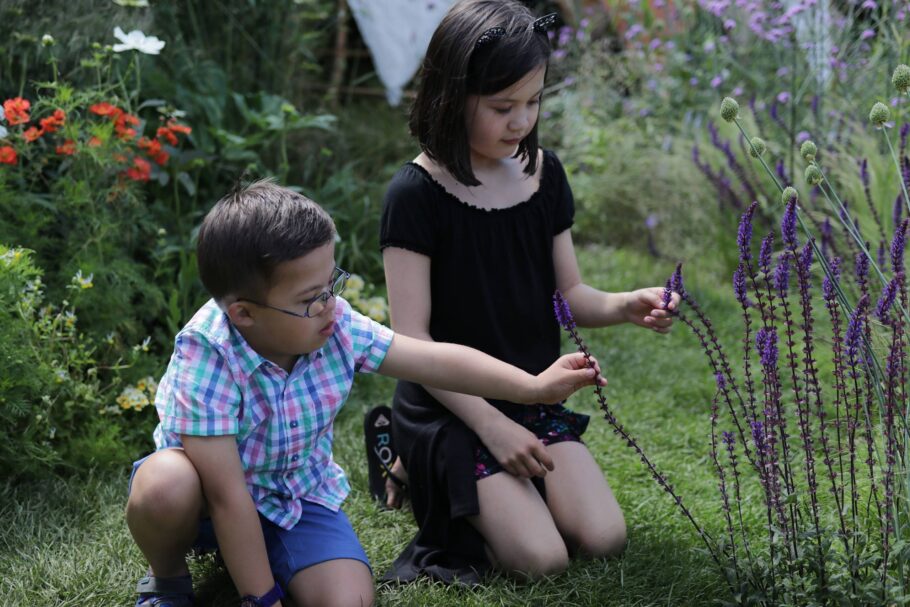
Sensory experiences create meaning
We believe that the most meaningful and memorable experiences take place when more than one of our senses are engaged.
Senses are also a great leveller, by providing activities and experiences that poke and prod all the senses you can guarantee that more people take away something that is personally meaningful to them. Our senses are closely connected with memory, both recalling past ones and laying down new memories. For example, memories can be triggered by a smell even before our cognitive processes have recognised what the smell is.
A multi-sensory learning experience with combinations of visual, auditory and other sensory functions exploits the natural connectivity of the brain. As each sense holds a proprietary memory location within the brain, the effective orchestration of multiple sensory inputs ensures a wider degree of neural stimulation
Wolfe, 2001
Applying a sensory approach
There is no one size fits all with a sensory approach. We work with a wide range of people with a variety of needs. From a child who has an over-sensitivity (hypersensitivity) to one or more senses to an older person with dementia who processes information through touch and sound.
Our approach offers a range of sensory opportunities for people to use, enjoy and connect with outdoor spaces. From a tactile tour of a woodland to a sound map exercise in the garden.
How many senses?
Depending on who you talk to, there are between five and 21 recognised senses. Our work tends to focus on seven primary senses: touch, sight, hearing, taste, smell, proprioception (awareness of our own body in space, vestibular (balance).
Some of the other key senses include
- Thermoception - the sense of heat (there is some debate that the sense of cold may be a separate sense)
- Nociception - the perception of pain
- Interoception – the sense of awareness of what is going on inside your own body e.g. hunger.
- The radiation senses: the sense of colour, sense of moods associated with colour, sense of temperature.
- The feeling senses: sensitivity to gravity, air and wind pressure, and motion.
- The chemical senses: hormonal sense, such as pheromones, hunger for food, water or air.
- The mental senses: pain, external and internal, mental or spiritual distress, sense of self, including friendship, companionship and power.
A sense of caring for the environment
By building sensory connections with the natural environment people are more likely to care about and feel a closer bond with the earth.
We communicate and interact with the natural environment not through verbal language but through our senses. We acknowledge the seasons when our senses detect the changes in temperature, we smell new plant growth, hear the birds and taste the air after the rain.
Sensory experiences build layers of memories in our brains which in turn create an emotional attachment to place. The more sensory experiences that we expose ourselves to the stronger the connection to nature and the outdoors becomes.
It is only when we connect with, and care for something that we begin to take action.
